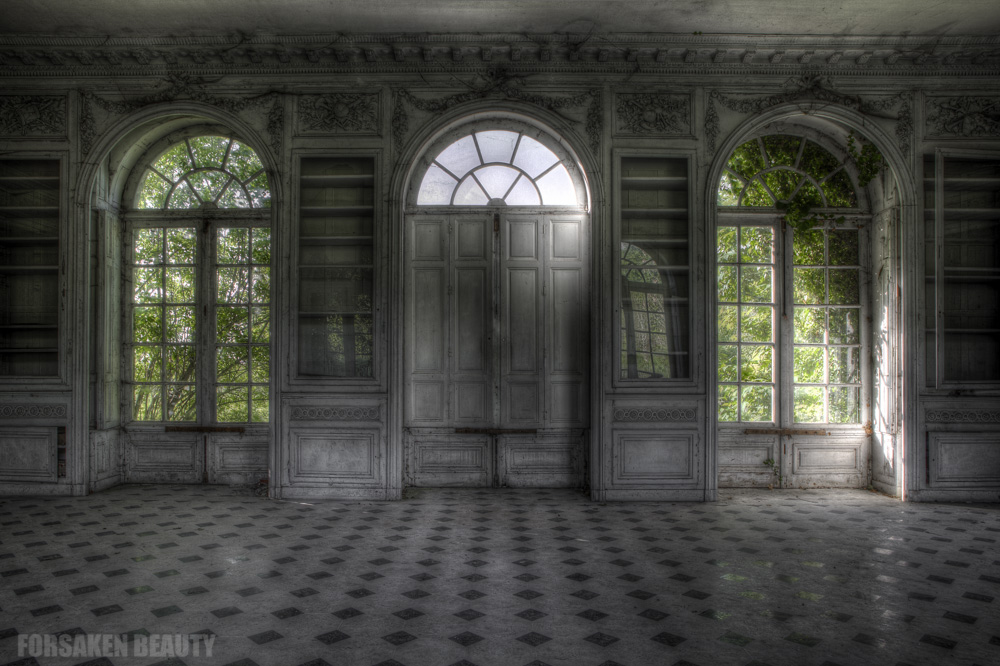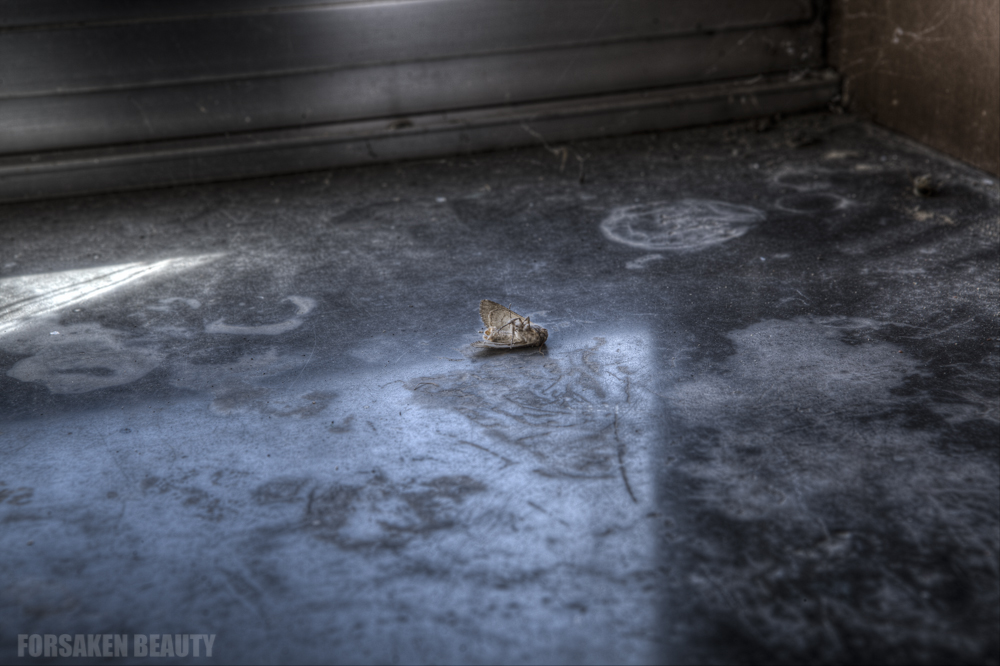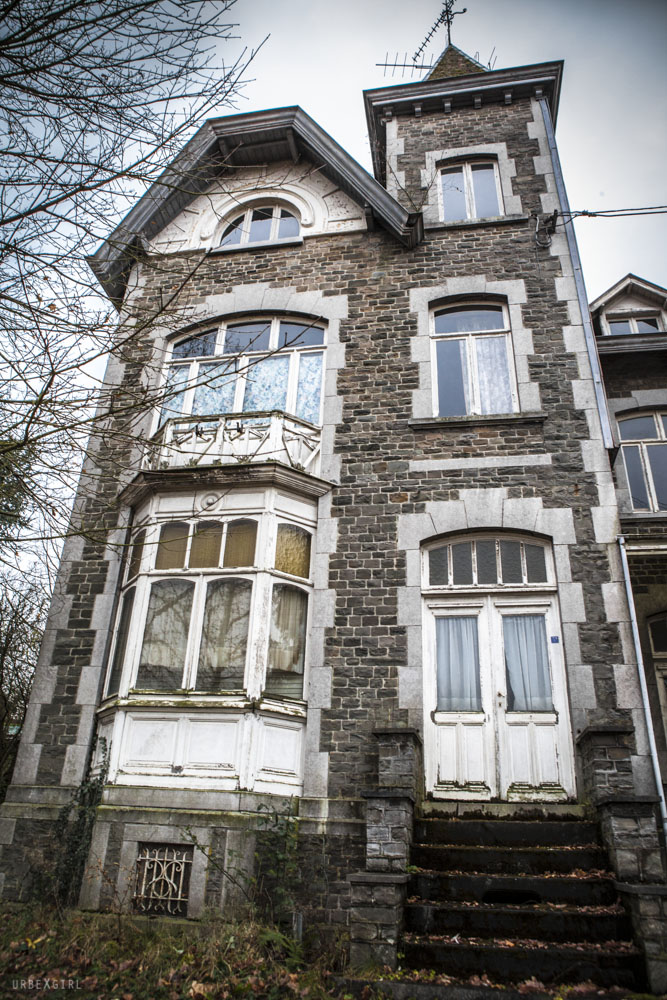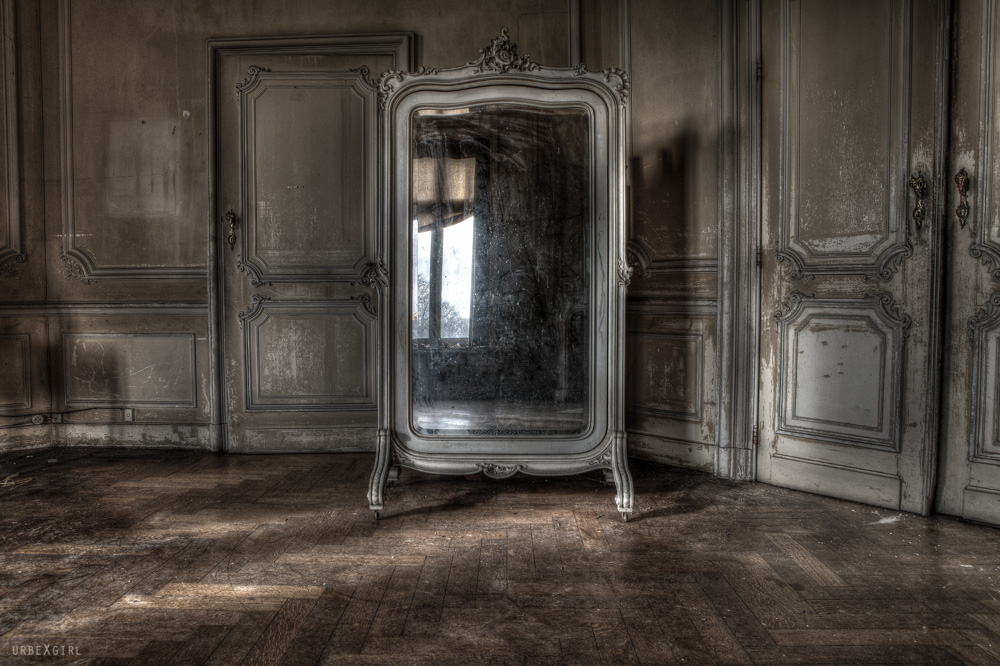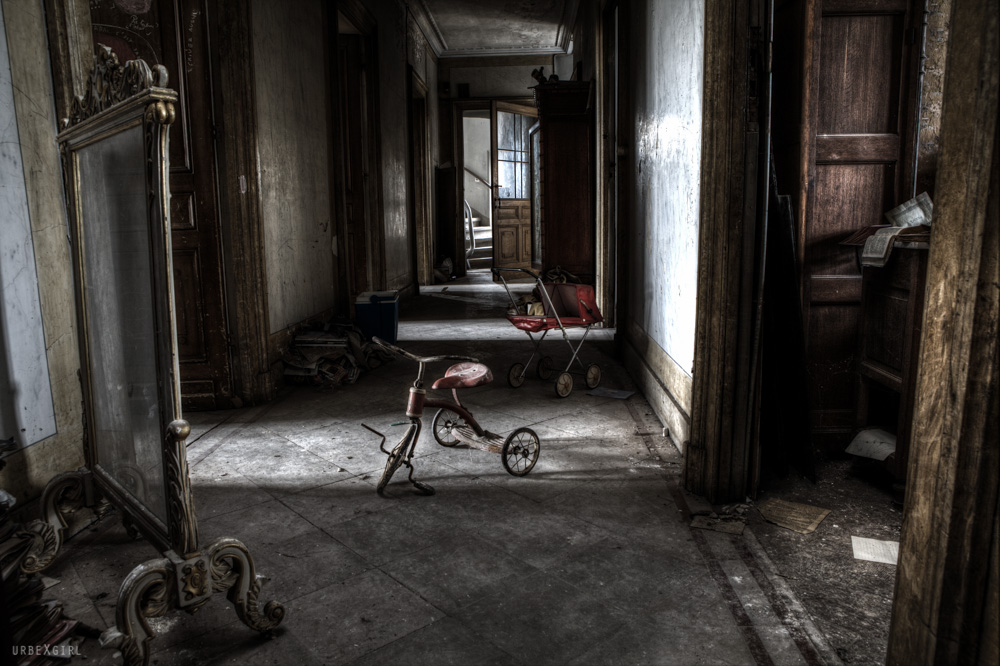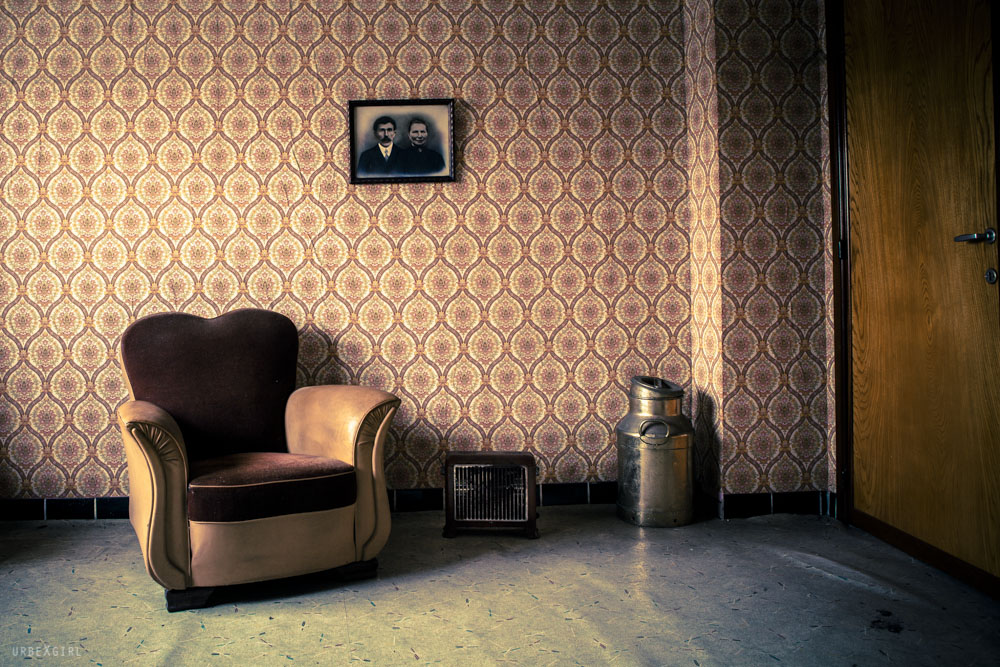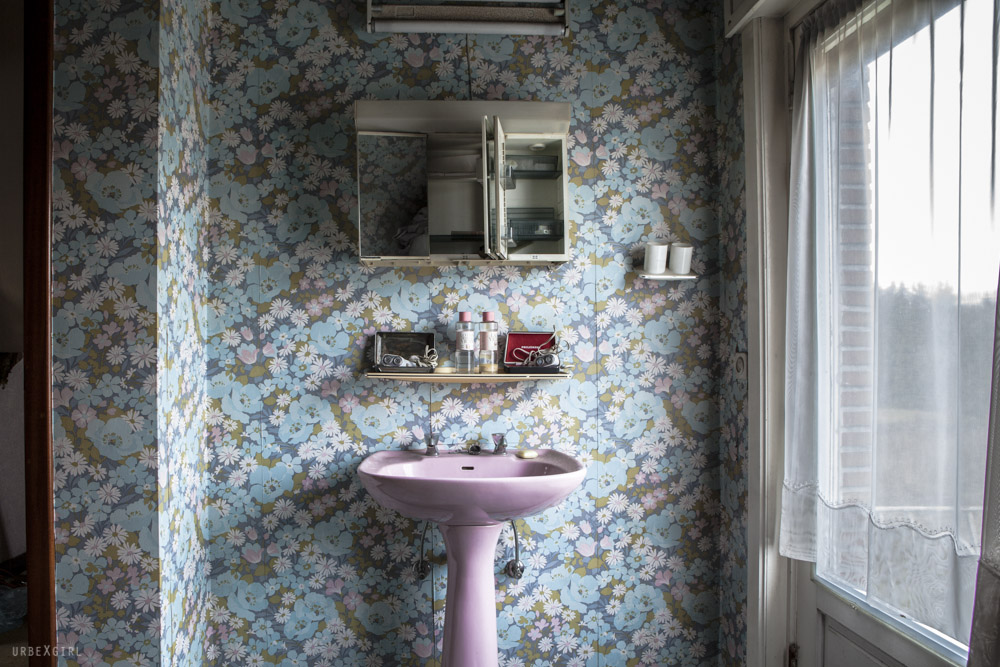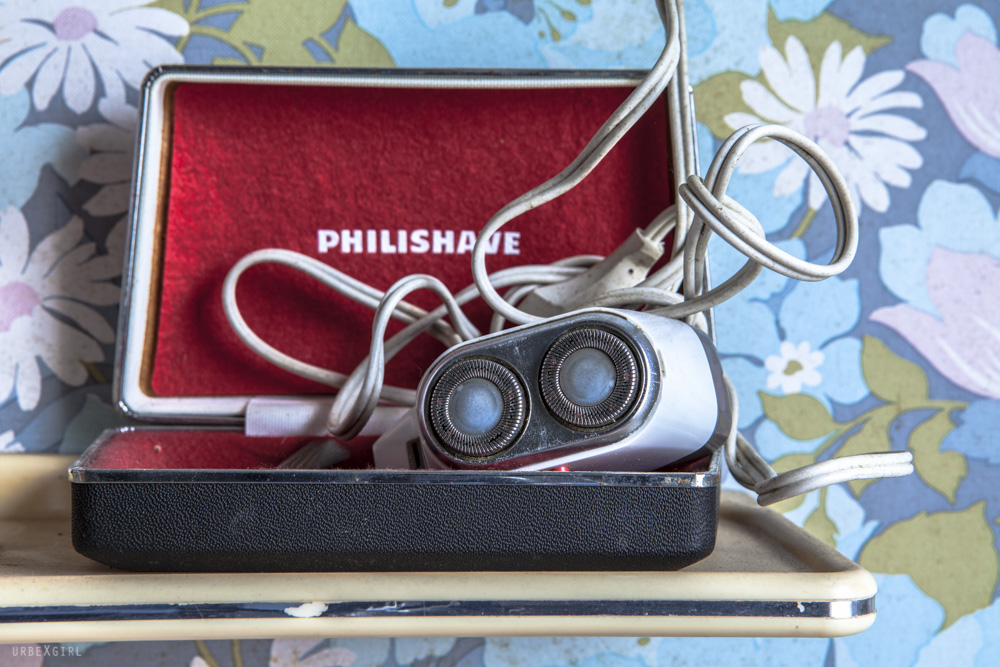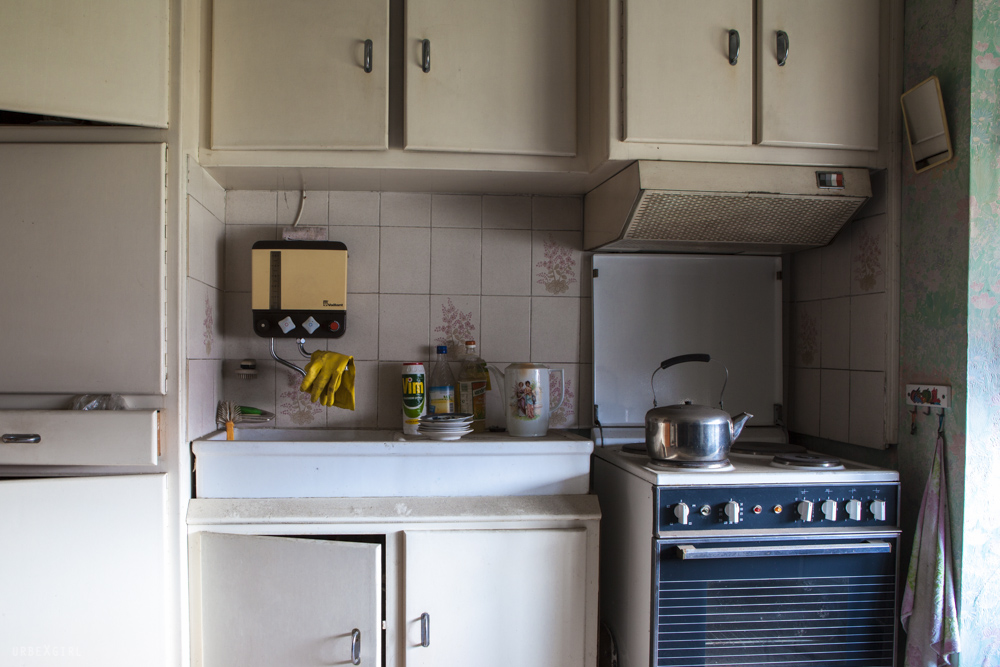Residential
Château des Singes
Hotel Regnier
Maison Dolhan
Chateau d'Ah
Villa Vital
Baron Rouge
Château Bambi
This castle was built in 1889 and converted into a luxury hotel after the second world war. It closed in 2009 for financial reasons. And as often is the case, these homes are forgotten or destroyed by time and human. This place today is used as a training ground by an airsoft club. There is nothing left inside! All tapstery have disappeared, furniture are volatilized and the place feels totally deprived. I do not know what will become, but if a potential buyer is interested in Bambi, he will have to pay enormously to that castle regains its lost glory! This location is also known as Chateau Rouge & Chateau Torrence.
Le Château
Probably the most desired and most inaccessible spot. This place is a pure marvel. This large house is full of so many things that it is almost impossible to mention everything. Every room, every bathroom, every hallway, hold a certain magic that it's hard to explain. History and life there was in this castle until the day the Baron died. Baroness felt this place too big for her and she suddenly decided to leave and she never return.
Since that day, it is closed, forsaken, and is held to deteriorate.
Il était une fois …
Hotel Mystic
Castel Miranda
Quand j’ai commencé à m’intéresser à l’exploration, ce château m’attirait pour son côté architecturale mystique et me faisait penser au château de blanche Neige. Ma visite date de 2013. J'ai constaté avec tristesse qu'il ne restait presque rien, tout est chaos et désolation. Le plancher en manquant aux étages, le marbre de l'escalier a été pillé et la mérule est bien présente. Je l'ai visité une seule fois et la visite fut courte mais le garde assez sympa de nous laisser partir sans trop d’histoire.
Son histoire (source Wikipedia )
Lors de la Révolution française, le comte de Liedekerke-Beaufort est chassé de son château familial de Vêves. Il se réfugie dans une ferme près de Celles. Dès que la Révolution perd de son souffle, les Ragaillardis, descendants du comte, transforment la ferme en un château avec l'aide de l'architecte anglais Edward Milner. C'est l'architecte français Pelchner qui fait ériger la tour centrale en 1903 et termine les travaux en 1907. Il devient dès lors, la résidence d'été de la famille Liedekerke-Beaufort.
Durant la Seconde Guerre mondiale, il est brièvement occupé par les troupes allemandes.
En 1950, il devient un centre de vacances pour les enfants des employés de la SNCB. À la suite d'un incendie et à cause de la présence de la mérule, le château est abandonné en 1991.

En 2011, il sert de décors de prison lugubre pour le film Dead Man Talking de Patrick Ridremont sorti en 2012.
Fin 2013, le comte de Liedekerke-Beaufort demande un permis de démolition pour le château, officiellement en raison des risques pour la sécurité des personnes qui le visitent2. La commune de Houyet et la Région wallonne envisagent d'accorder le permis, à moins qu'une alternative crédible ne soit trouvée rapidement3. Toutefois, de nombreuses personnes se sont mobilisées pour empêcher que la bâtisse ne soit démolie3.
Le 6 février 2014, le ministre Carlo Di Antonio inscrit le château sur la liste de sauvegarde du patrimoine wallon, donnant un sursis d'un an maximum pendant lequel l'administration wallonne doit déterminer si le château vaut la peine d'être classé. Des investisseurs privés montrent également de l'intérêt4.
Le 30 septembre 2014, le ministre Maxime Prévot décide de ne pas classer le monument5. Ce choix est bien accueilli par l'association Aresno5 (association pour la restauration et la sauvegarde de Noisy), un classement augmentant significativement les contraintes et donc les coûts d'une éventuelle réhabilitation, estimés à 20 000 000 € à 25 000 000 € pour une restauration parfaitement à l'identique5. Un groupe belgo-luxembourgeois aurait fait une offre de 4 000 000 € pour pouvoir en faire un hôtel-restaurant5. Un autre groupe proposerait d'investir entre 10 000 000 € et 15 000 000 € pour un autre projet5.
Le permis de démolir est délivré en juillet 2015, cependant en mars 2016 la démolition n’avait toujours pas commencé, le propriétaire étudiant toujours les offres de démolition de différentes sociétés6.
UPDATE : October 2016 • Malheureusement, malgré l’effort de le préserver et faute de parrainage, le démantèlement du château a débuté le 31 octobre 2016.
RIP Lady
Hotel Gladen
Atelier Decor
Villa Hector
Farm Tapioca
The Tapioca farm owes its name to this package of tapioca in the kitchen. I do not know the history of this house. I deduced that it has been forsaken in 1995 thanks to the calendar still hanging on the wall. From my readings on other pages, I knew that this farm was used as a haunt exchange.Seen from the outside it is a true ruin, but once inside, the big surprise is the number of objects that can still be found, as if its owner would come back a minute to the other .
Maison Dr Pepito
Maison "Ter Heide"
"Doel"
Doel is threatened with complete demolition due to the future enlargement of the harbour of Antwerp - Belgium. This has seen many people having to sell their homes to the development corporation of that enlargement. Many historical buildings will be destroyed. In 1999, residents who wish can be expropriated. May 1, 2003 no longer live in the center of Doel 214 of 645 people who were enrolled at 20 January 1998. Since then, if the number of official population continued to decline, the actual number has gradually increased. This is due to small part by the arrival of new tenants in some homes expropriated and for the most part by the fact that squatters had occupied the vacant buildings. This state of affairs has long been tolerated by the Company owns the vacant houses and by the municipality of Beveren.
In 2006, the media was interested in Doel due to the large number of new squatters. This conspired to spread the idea that Doel had to some extent turned into a lawless area , where you could easily take ownership of a vacant unit , which , in turn , had the effect of attract new squatters and cause a wave of burglaries. On 22 March 2006, the mayor of Beveren announced that police checks have increased in Doel and that zero tolerance is now in force and any illegal activity suppressed. Some squatters however require to regularize their situation.
I visited Doel the first time in 2011 and almost all the houses were empty, except for a few. Often thieves had already passed steal what was portable! The rest of meubilair was destroyed! The windows were all broken, walls tagged, doors ripped off! Pure and simple vandalism committed by whomever! I went back for the second time in 2013 and it is a real ghost town! All the houses were close by the municipality to prevent squatters and vandalism! There are only facades with works of art.
Some people remain in Doel, the factor still delivers the mail, one bus drop villagersand the only cafe remains open to accommodate people and I fear my next trip to Doel be to discover a huge industrial complex.
"DOEL ... moet blijven"











